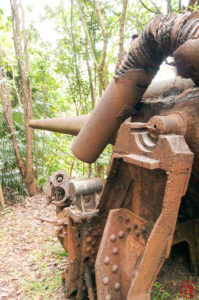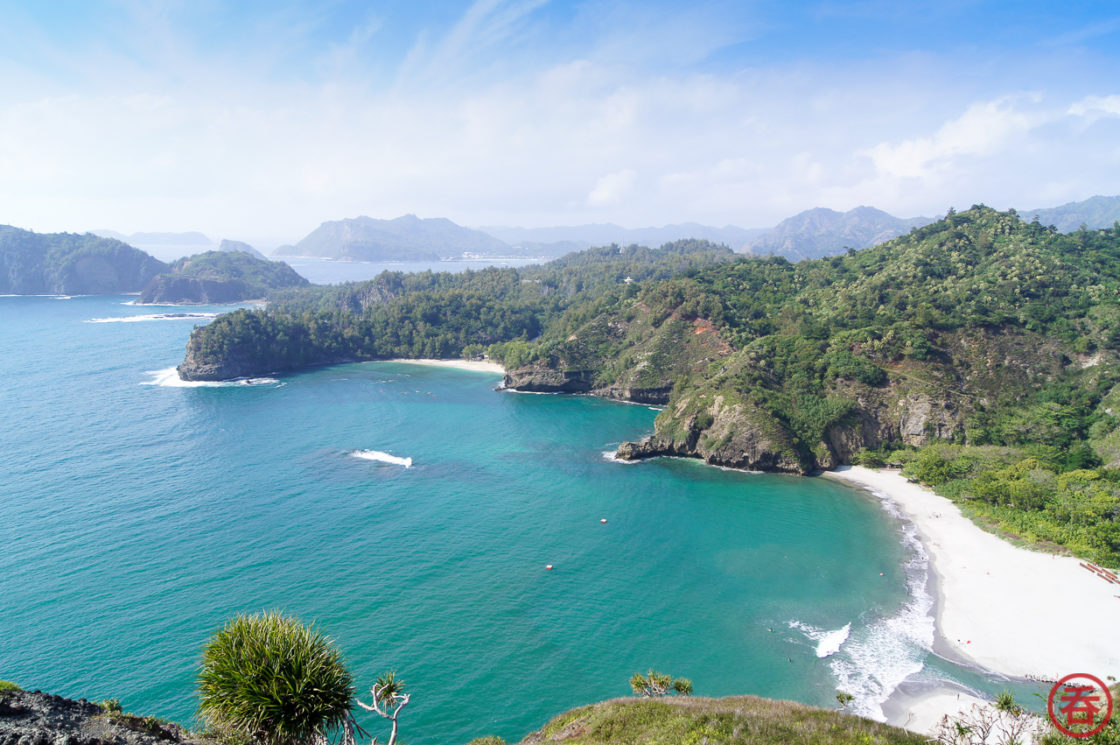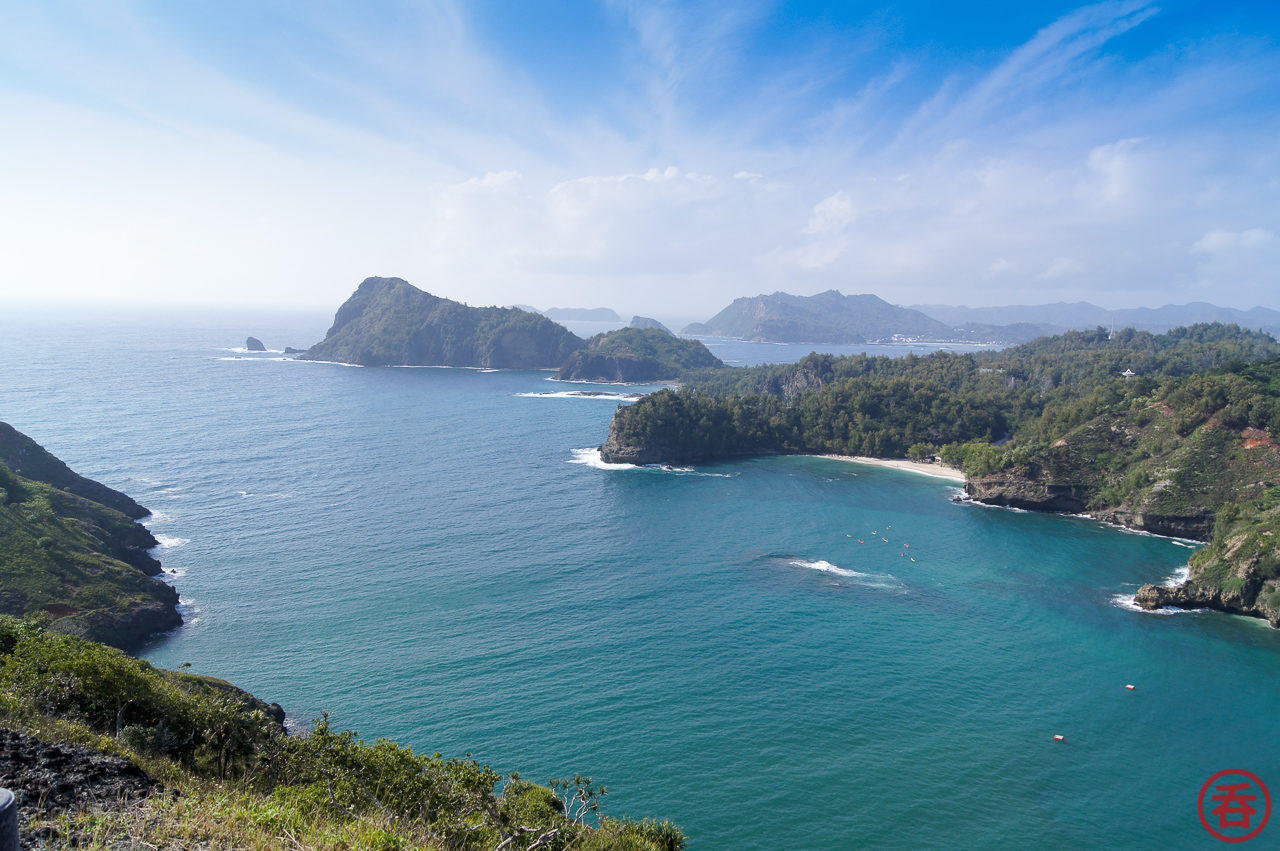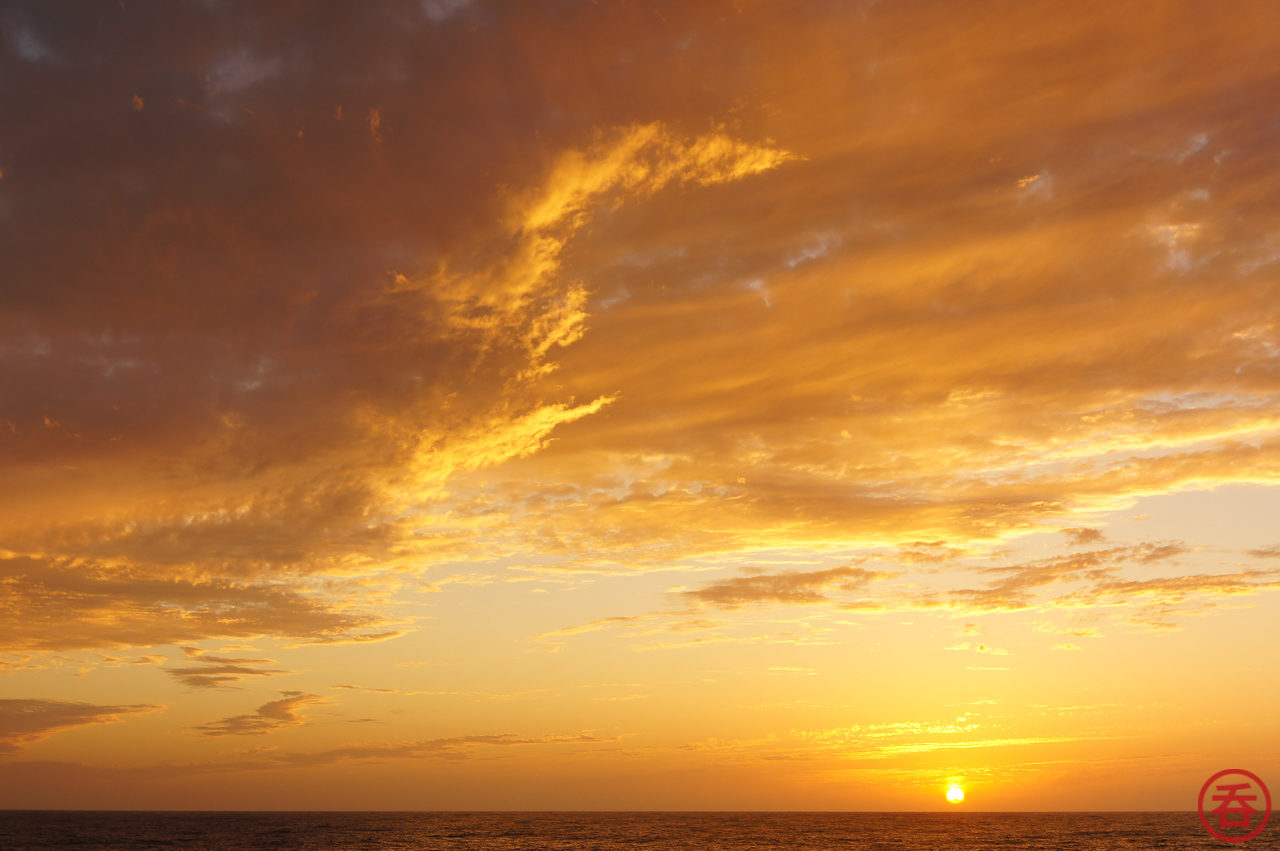The island of Chichijima lies about 1000km south of downtown Tokyo. The “Galapagos of Asia,” technically still part of Tokyo prefecture, is accessible only by a 25-hour ferry ride. Still being Tokyo, there are of course places to drink. Yankee Town celebrates its 20th anniversary tomorrow.
UNESCO has listed the Ogasawara Islands, which includes Chichijima, as a World Heritage site since 2011. Known also as the Bonin Islands, the chain consists of over 30 islands spread across some 400km north to south. Chichijima is the most heavily populated, but that isn’t saying much: only 3000 people live on the island. So the term “remote” doesn’t do much justice. I could be in São Paulo, Brazil in the same amount of time it takes me to get to the island from downtown Tokyo.
Ogasawara
First let’s look at the pleasant, lush, and biologically diverse side of the Ogasawara chain. The ecosystem here earned the area its World Heritage status is its ecosystem. Many of the species of birds, plants, and insects, are endemic to the islands. As UNESCO says, the islands’ isolation provides “valuable evidence of evolutionary processes.” Galapagos indeed.
The surrounding waters are teeming with varieties of coral, tropical fish, dolphins, and whales. It’s one of the few places in Japan that provides an opportunity to snorkel with dolphins and go whale watching.
History, War, and OCCUPATION
The human history of the islands is also very colorful. In the southern part of the Ogasawara chain, you’ll find the famous Iwo Jima, “Iwotou” in Japanese. It was the site of one of the bloodiest battles of WW2’s Pacific Theater, and today has no residents.
 Chichijima itself saw action during the war. Future POTUS George H. W. Bush was one of ten US airmen shot down during a bombing raid of the island on September 2, 1944. A far worse fate awaited the other airmen who were unable to avoid capture.
Chichijima itself saw action during the war. Future POTUS George H. W. Bush was one of ten US airmen shot down during a bombing raid of the island on September 2, 1944. A far worse fate awaited the other airmen who were unable to avoid capture.
The human population of Chichijima is also, by Japanese standards, quite diverse. The original settlers of the island–25 people who landed here in 1830–were American, European, and Pacific Islanders, so not Japanese. The Ogasawara islands were made a US colony in 1853, but only nine years later it was declared a territory of Japan by the Tokugawa shogunate.
Amazingly, the shogunate allowed the original settlers to stay on the island, right alongside the newly arrived ethnically Japanese migrants. Some descendants of those American and Hawaiian settlers still live on the island today, so walking around, you may see some strikingly non-Asian faces. Japan being a jus sanguinis (citizenship by blood) country means that there are very few ethnically European, non-naturalized Japanese citizens.
In 1945, the Ogasawara islands would once again become US territory under the Occupation. Only the descendants of the original settlers were permitted to return in 1946 — the islanders of Japanese descent were not allowed. That changed when the territory was returned to Japan in 1968, bringing another influx of ethnically Japanese residents.
Rance Ohira
One of the descendants of those originals settlers is a man named Rance Ohira. His bar “Yankee Town” sits about 10 minutes from Chichijima’s harbor town area, along the island’s only main road. The bar opened on July 20, 1999.
As a child of Occupation-era Japan, Rance was born in Chichijima when it was part of the US. He grew up here, but later spent time at a school in Guam. Today, he holds a US passport. He spent 23 years in the US, including time in the US Army, then worked in tech in San Diego. If you want to hear more of Rance’s story, Rare Earth has a fantastic YouTube video just for you. Nippon.com also interviewed both him and his mother in a feature last year. Rance is fluent in both English and Japanese, and came back to Chichijima in 1994.
Yankee Town
With only one main road on the island, the directions to Yankee Town are dead simple: walk along the road until you see it. This area of the island used to be named such due to its concentration of Western-ancestry residents, so Rance carries the name with his bar.
Rance did all of the bar’s construction and decor himself over three years. There’s a distinct shanty atmosphere, but perhaps that’s all in my head given how far we are away from the rest of Tokyo. The bar is built around a roughly 200 year old tree, and features a main bar as well as a long community table. Live music events are a regular occurrence, so Yankee Town is just as much a part of the local community as it is welcoming to tourists from Japan and beyond.
The drink of choice here is the piña colada. If you have a look at the Japan Distillery Map, you’ll notice that the island is indeed home to its very own rum dist-
“Oh don’t drink that crap.”
Rance doesn’t mince words. Normally, I make a point of at least trying the local liquor no matter where I go in the world. I had Chichijima’s rum later during my trip, and let’s just say I can see why Rance doesn’t recommend it. Japan’s souvenir culture is at times overbearing, but in the case of Ogasawara, it’s even logistically dumb: Ogasawara souvenirs are made on the mainland, shipped as cargo in the ferry, sold to tourists on the island, then taken back to the mainland in the tourists’ luggage.
With Rance behind the wood, Yankee Town, however, is as about as Ogasawaran as it gets.
Hi there! I created and run nomunication.jp. I’ve lived in Tokyo since 2008, and I am a certified Shochu Kikisake-shi/Shochu Sommelier (焼酎唎酒師), Cocktail Professor (カクテル検定1級), and I hold Whisky Kentei Levels 3 and JW (ウイスキー検定3級・JW級). I also sit on the Executive Committees for the Tokyo Whisky & Spirits Competition and Japanese Whisky Day. Click here for more details about me and this site. Kampai!






















